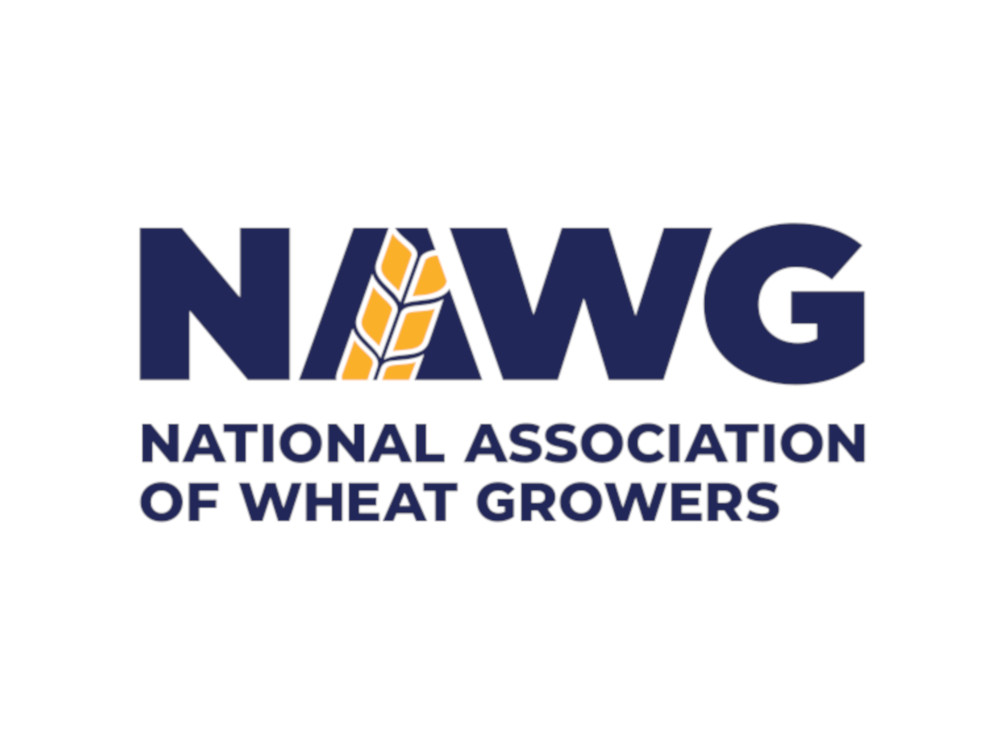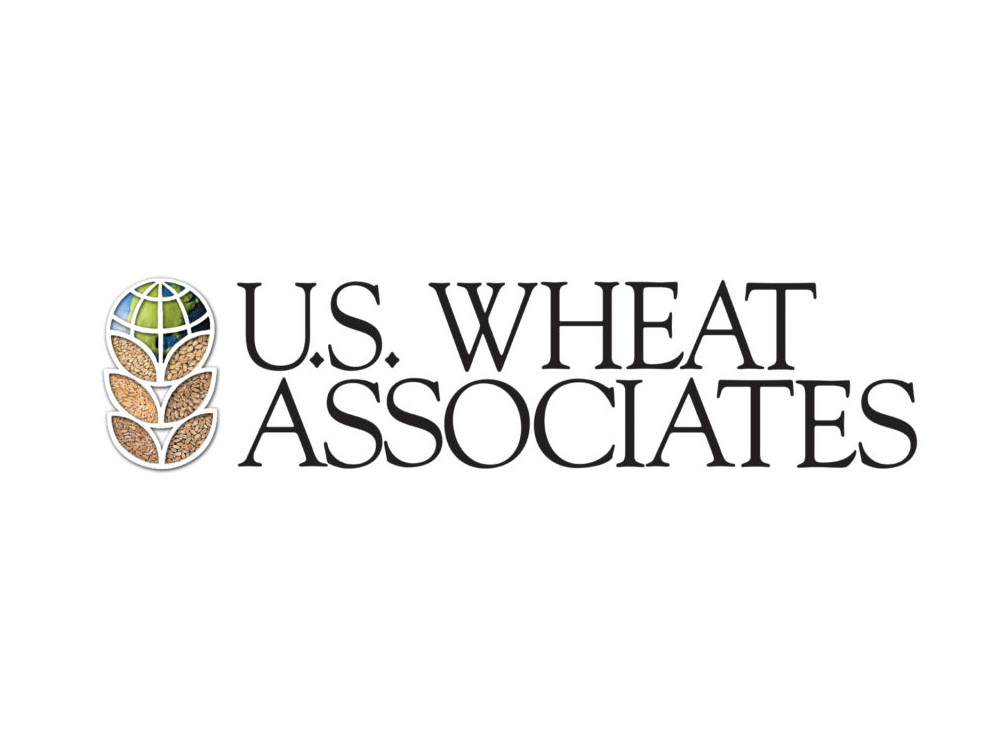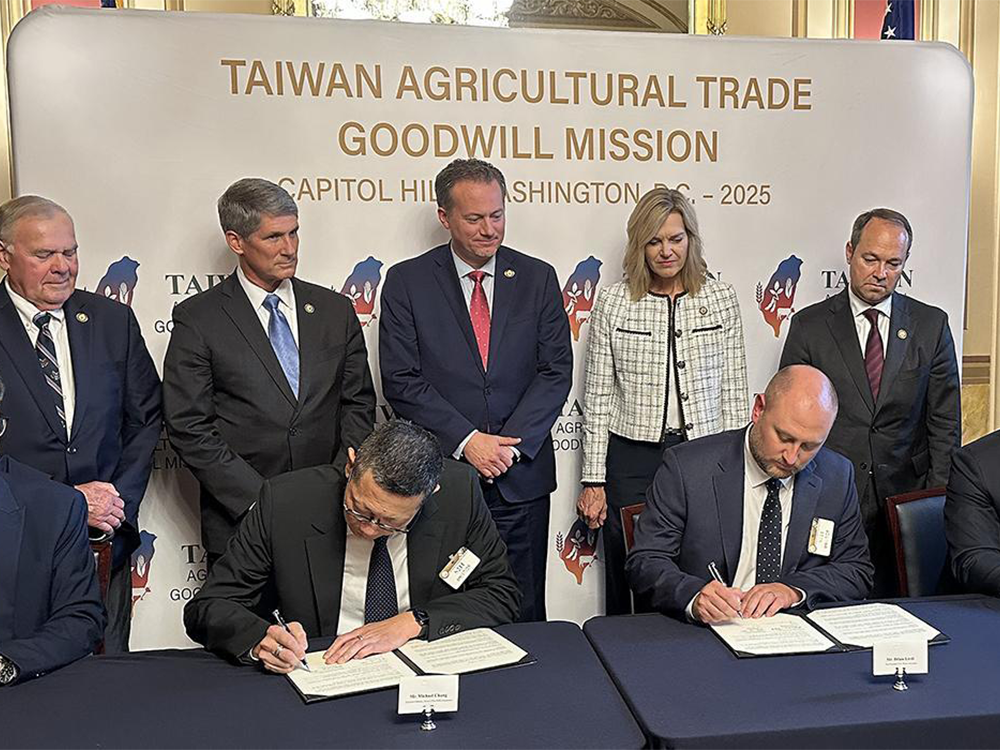While just a little over half of the hard red spring wheat (HRSW) grown in Minnesota and throughout the Northern Plains makes it way to mills in the region to be turned into flour for artisan breads, bagels and other premium baked goods, the remaining amount is shipped, via rail, ship or both, to destinations across the world. Some is shipped from the Pacific Northwest (PNW) to Japan and the Philippines, some out of the Gulf of America to Africa and some takes a train to Mexico. Overall, there are dozens of destinations across the globe enjoying Minnesota’s high-quality, hard red spring wheat.
“Our wheat is expensive in the world market, so they’re buying from us for the quality to mix in and bring their flour up to a higher standard,” said Minnesota Wheat Research & Promotion Council Chair Mark Jossund. “Our protein levels and quality for baking is what makes us desirable.”
Key players
When it comes to HRSW purchasers, there are a handful of countries that tend to stand above the rest. The first is the Philippines, which has been one of the top buyers for more than 60 years thanks to promotion from Western Wheat Associates, now known as U.S. Wheat Associates. Following in a close second to the Philippines is Mexico, which takes advantage of the close proximity to transport wheat from the northern plains via railway. Another consistent buyer over the years has been Japan; however, in more recent years, sales have been shrinking as their demands slows down.
“Their population has been declining, and so consumption has been going down,” said Steve Mercer, vice president of communications for U.S. Wheat Associates. “They were at one time our largest market but is probably our third largest now.”
There are a handful of other countries in Southeast Asia that are common destinations for northern-grown wheat, including Taiwan – actually surpassed Japan this past year in sales – South Korea, Vietnam, Thailand and Bangladesh.
Growing markets, opportunities
Known also as a regular buyer of durum, Italy has increased its interest in the HRSW from the U.S. this past year with sales up more than 220% following rough weather in Europe. Those sales may level out in the future, but what’s unique about the journey to Italy is that it starts close to home.
“Italy actually gets our wheat, which was quite a bit this year, out of the Port of Duluth and through the Great Lakes,” said Mercer.
In addition to Italy, another growing market over the years has been Egypt, which at one time in history was one of the top buyers. Just a few years ago they were non-existent on the sales sheet, but changing economics are driving a demand for a quality product.
“They’ve relied heavily on Russia for hard red winter wheat and soft red winter wheat for most of their needs as quality didn’t matter as much to them, but they do have a growing middle class and changing diets,” Mercer said. “They’re actually using a lot of HRSW to make pasta and in their higher-end bakeries.”
Much opportunity for growth also lies in South and Central America to countries such as Chile, Honduras, Columbia, Venezuela and Panama.
“Relatively speaking, the flour mills in countries such as Chile and Colombia have a hard time managing large, single vessel loads of wheat, so our team in Santiago is working with the millers to encourage them to buy together and buy multiple classes of wheat,” Mercer said. “We’re helping them better understand the U.S. system so they can get better value out of their wheat and help them understand the benefits of that wheat as well.”
The Caribbean, namely Jamaica and the Dominican Republic, are also reputable markets for U.S. wheat.
Continued support
Both in-country and abroad, U.S. Wheat continues to provide technical support and services for their customers around the globe. A shining example, according to Mercer, is how their staff in the Philippines is helping educate their bakers to capitalize on growing Korean culture trends.
“With the ‘K-wave’ taking over, we have sent our baking expert from Korea to the Philippines to show their bakers and millers how to use U.S. wheat to do more Korean style food,” said Mercer. “We also have a consumption campaign in the Philippines called ‘Go Wheat’ to promote wheat products.”
In the United States, U.S. Wheat provides technical support and education by inviting customers and potential purchasers from many different nations to educational courses, such as the grain procurement and pasta production courses held at Northern Crops Institute, and to visit the farms growing their wheat.
“They really appreciate being able to see where their wheat comes from and meet the families who are growing it, and then to be able to head over to the Port of Duluth to meet those buyers and see how their grain is shipped,” Mercer said.





